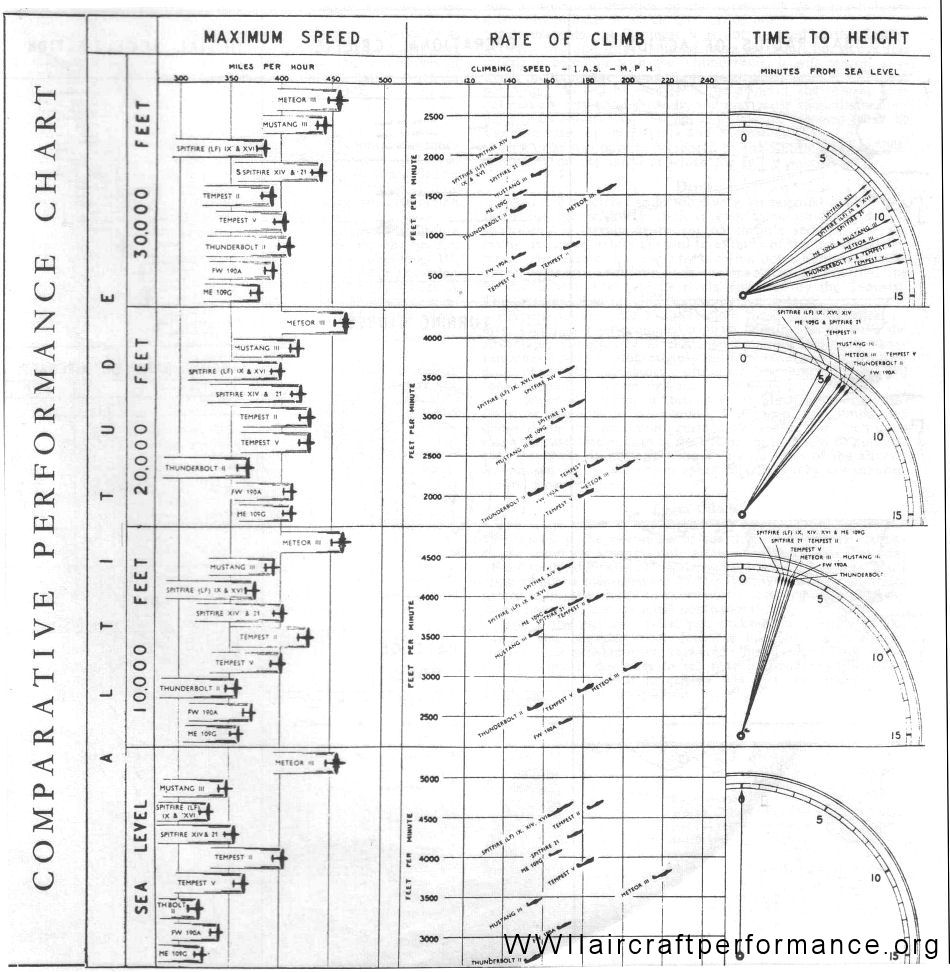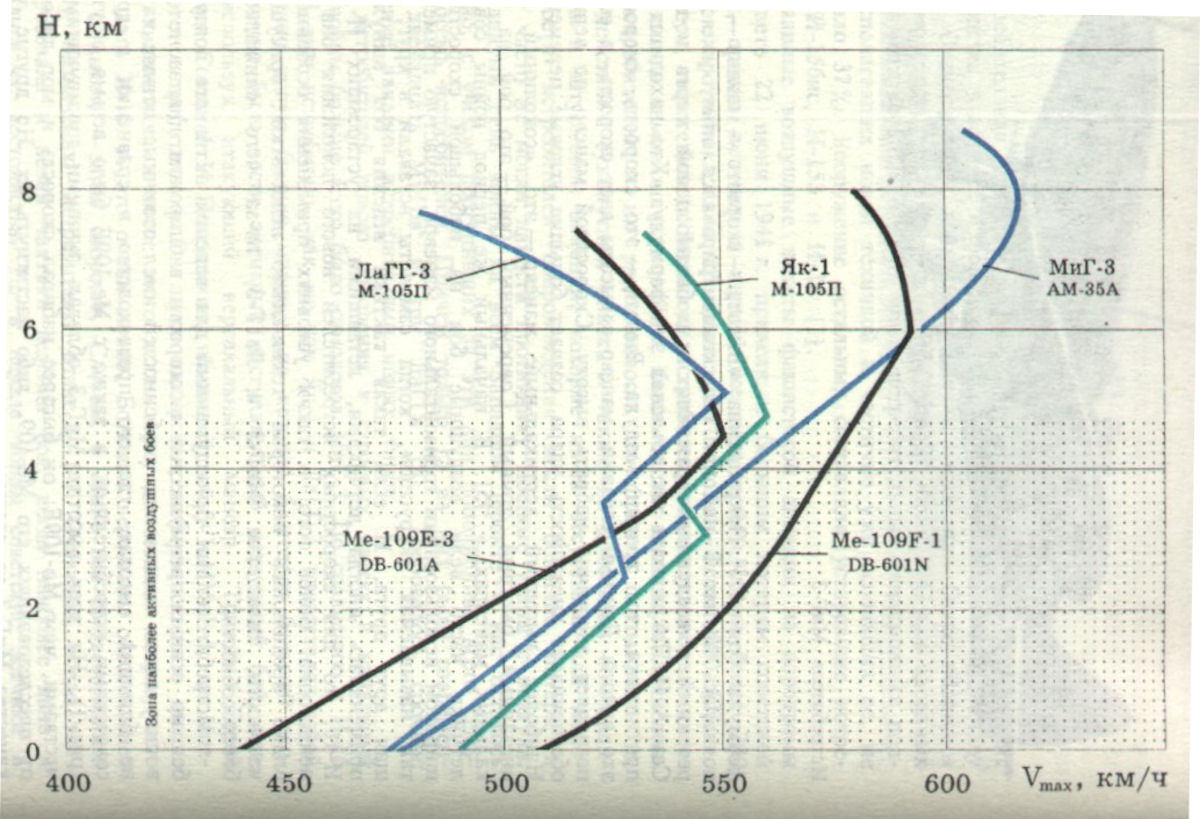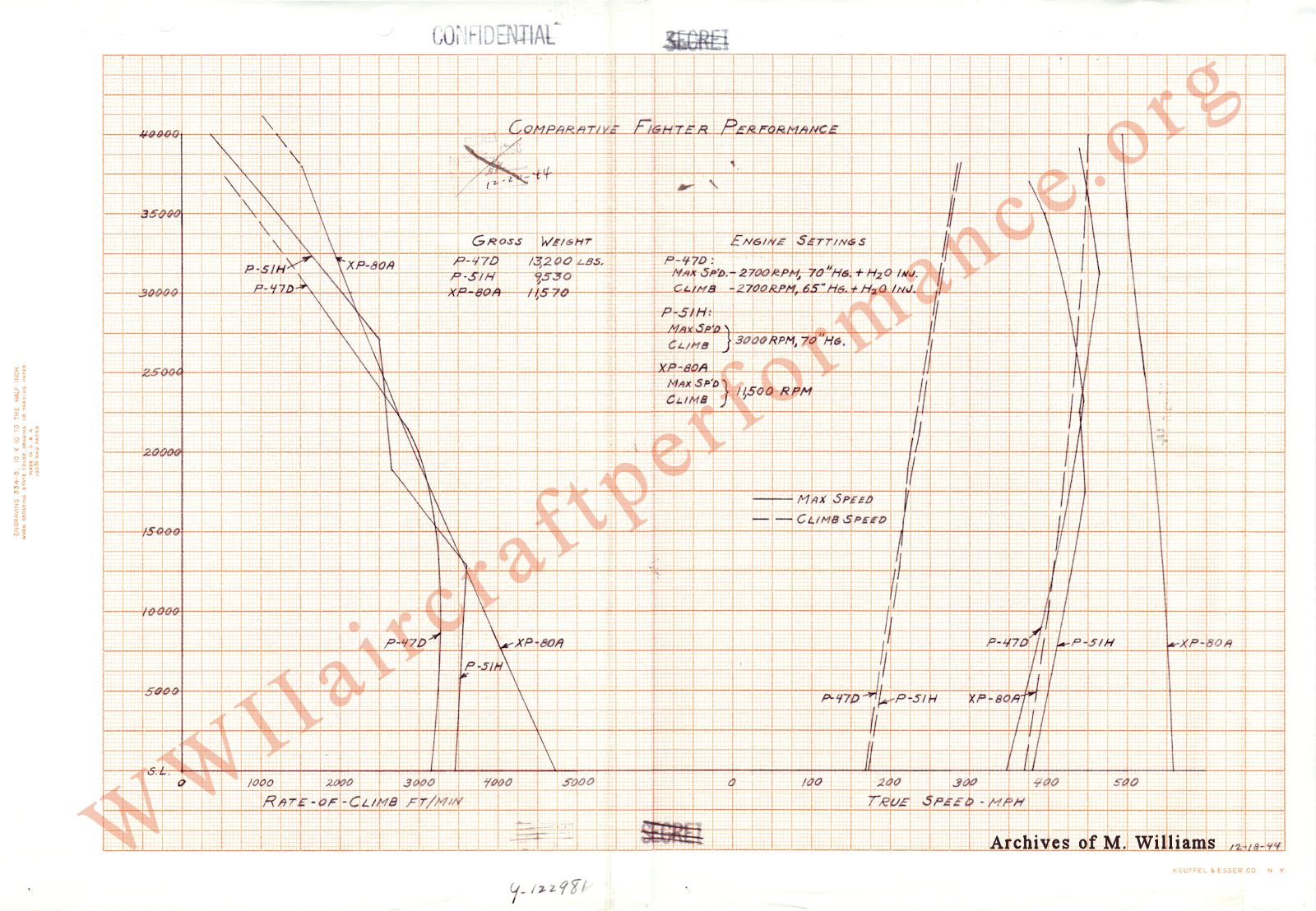About the A7M; the Ki-84 had about a 20m/s climb rate, while the A7M had a 18m/s climb rate. The Ki-84 also had a better maximum speed. What source do you have that the A7M had 6 guns? Wikipedia claims it only had 4.
The point about carrier-based aircraft being a decisive advantage was meaningless after Midway. The total number of carrier-based aircraft the IJN could maintain at any time by that point was only 400, so the majority of aircraft would be carrier-based forces.
Regarding the A6M5, it had its first flight in August 1943. The Hellcat, amazingly, had its first flight in June 1942. Comparing an A6M5 to a F4F is not a fair comparison, since the F4F's primary competitors were the A6M2 and A6M3.
About being able to decide the terms of the engagement, as we've mentioned before, the F4Fs did climb slower than the Zeros, but the F4Fs had superior diving speed and high speed maneuverability up to the A6M5s. The F4Fs, in most conditions, should be able to evade Zeros if they lack sufficient altitude, and dive on Zeros if they have a sufficient altitude advantage, which, if they're cruising at 17000 ft vs 15000 ft, should be something they have.
Moreover, even if Zeros did force the F4Fs to fight on their terms, tactics like the Thach Weave and cooperative fighting—many Zeros lacked radios to enable fighter communications—canceled the Zero's advantage.
As to Saburo Sakai, he was the second-highest scoring Japanese fighter ace. 99% of American pilots would be outperformed by Sakai merely in terms of skill; even in an antiquated Zero he still managed to score kills against Hellcats, which, as we agree, are qualitatively superior to contemporary Zeros. It's not to the point where he can shoot down American fighters with a pencil sharpener, but the aspect of skill must count for a lot with Sakai.
The point about carrier-based aircraft being a decisive advantage was meaningless after Midway. The total number of carrier-based aircraft the IJN could maintain at any time by that point was only 400, so the majority of aircraft would be carrier-based forces.
Regarding the A6M5, it had its first flight in August 1943. The Hellcat, amazingly, had its first flight in June 1942. Comparing an A6M5 to a F4F is not a fair comparison, since the F4F's primary competitors were the A6M2 and A6M3.
About being able to decide the terms of the engagement, as we've mentioned before, the F4Fs did climb slower than the Zeros, but the F4Fs had superior diving speed and high speed maneuverability up to the A6M5s. The F4Fs, in most conditions, should be able to evade Zeros if they lack sufficient altitude, and dive on Zeros if they have a sufficient altitude advantage, which, if they're cruising at 17000 ft vs 15000 ft, should be something they have.
Moreover, even if Zeros did force the F4Fs to fight on their terms, tactics like the Thach Weave and cooperative fighting—many Zeros lacked radios to enable fighter communications—canceled the Zero's advantage.
As to Saburo Sakai, he was the second-highest scoring Japanese fighter ace. 99% of American pilots would be outperformed by Sakai merely in terms of skill; even in an antiquated Zero he still managed to score kills against Hellcats, which, as we agree, are qualitatively superior to contemporary Zeros. It's not to the point where he can shoot down American fighters with a pencil sharpener, but the aspect of skill must count for a lot with Sakai.



